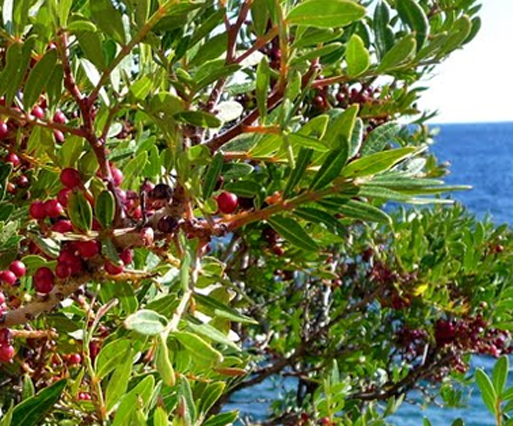INCI name: | Pistacia lentiscus |
Part used: | Branches and leaves |
Extraction method: | Distillation |
CAS No.: | 61789-92-2 |
Origin: | Corsica, France |
Appearance: | Colorless to tan flowing liquid |
Odour: | Typical turpentine flavor |
Relative Density(20℃): | 0.862-0.874 |
Refractive index(20℃): | 1.465-1.475 |
Flash point (°C): | +42°C (closed cup) |
Optical rotation(20℃): | N/A |
Main Composition(%): | The pine oil terpene, cadinene, terpineol, juniper alcohol, myrcene |
Pistacia lentiscus (also mastic, Greek: μαστίχα mastíkha ) is a dioecious evergreen shrub or small tree of the pistacio genus growing up to 4m (13 ft) tall which is cultivated for its aromatic resin, mainly on the Greek island of Chios. Pistacia lentiscus is a shrub or dioecious tree, with separate male and female plants, evergreen from 1 to 5m high, with a strong smell of resin, growing in dry and rocky areas in Mediterranean Europe. The leaves are alternate, leathery, and compound paripinnate (no terminal leaflet) with five or six pairs[2] of deep-green leaflets. It presents very small flowers, the male with five stamens, the female trifid style. The fruit is a drupe, first red and then black when ripe, about 4 mm in diameter. Unlike other species of Pistacia, it retains its leaves throughout the year. It has been introduced as an ornamental shrub in Mexico, where it has naturalized and is often seen primarily in suburban and semiarid areas where the summer rainfall climate, contrary to the Mediterranean, does not hurt it. |  |